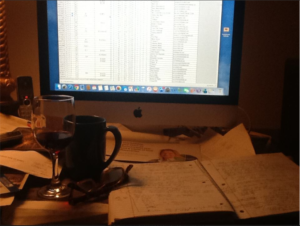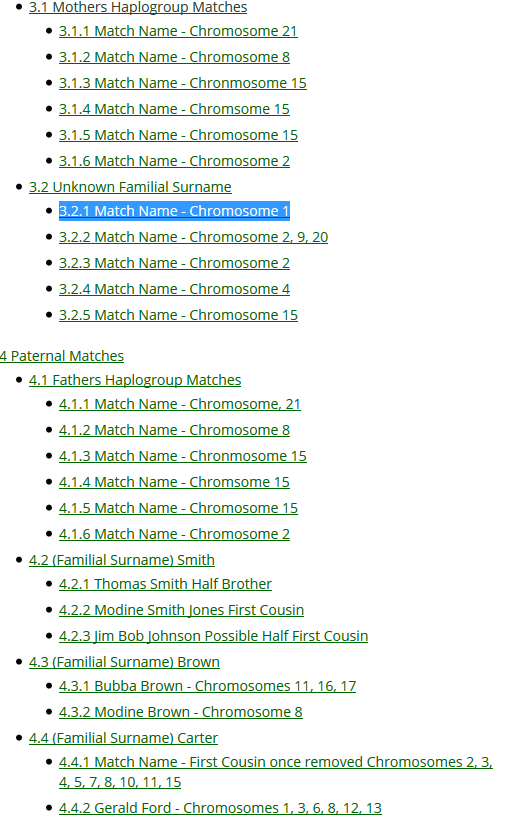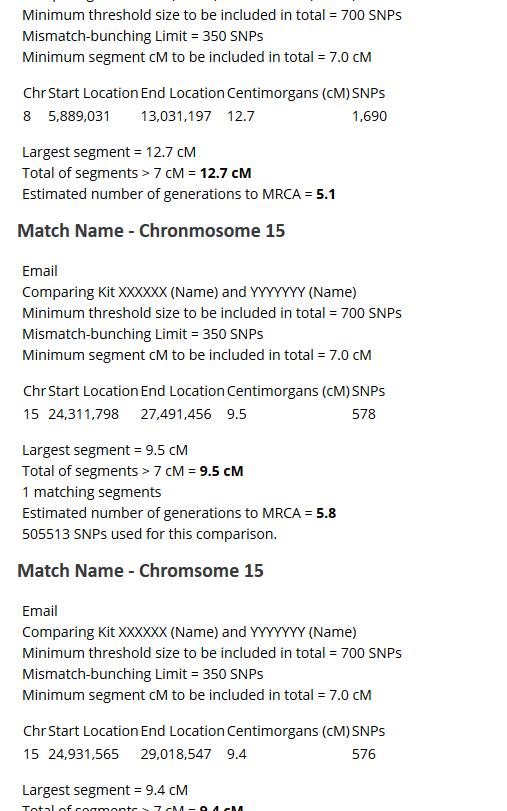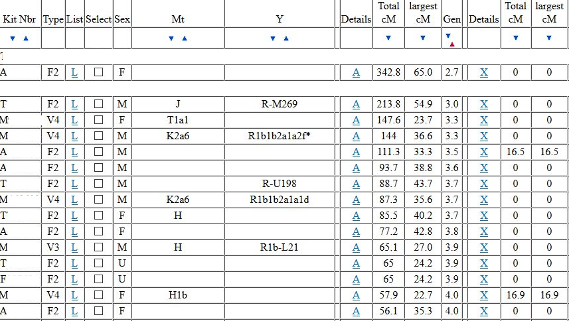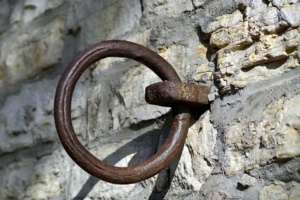
It’s a controversial topic, Slavery In The US Southern Colonies/States and DNA. Well, I don’t know if DNA is all that controversial but I don’t shy away from discussing it either. It is my heritage, slavery and slave ownership. That my family(s) were a part of this wide ranging, “it’s what they did back in the day”, thing is not something to be proud of, but I am also not hiding it away. My Family, most every limb, at one time or another owned slaves.
Resources, information and a listing of owners.
My part as the descendant of slave owners, is to add any information I find regarding the ownership, sale, gift of a human being to another, to the work I am doing. Mainly on WikiTree, where the US Southern Colonies has a Project on Slavery. As WikiTreers add profiles of Slave owners, and transcriptions of wills or other documents to WikiTree, they can also add the category, Slave Owner. There are other categories for each state and one for all of the US. Searching these categories for the names given to Slaves is a boon to helping those searching for their ancestors. These categories create an incredible resource for people trying to find and identify the place where their ancestor lived and worked.
The DNA
Today I was looking into something we are working on in the DNA project regarding triangulation (using DNA from three matches that share DNA on the same segment of the same chromosome, used in confirming the genealogical paper trail). I drifted to my own DNA trail when I got an email from a Gaulding/Gaulden cousin in reference to the Y-DNA of her brother – which matches my dad back many, many, many generations to our MCRA.
The haplogroup that caught my attention
I headed over to the FTDNA Gaulding/Gaulden Portion of the Golding DNA project. The results page is cumbersome (a table within a table and two scroll bars) so the page often sits or takes a while to scroll. Sitting there waiting for the screen to catch up with my mouse I realized I was staring at people in the project who had a Nigerian/Camaroonian Hapogroup – E-M2.
I had been staring at it for so long that when it dawned on me who I was looking at I felt a burst of energy. Really. There in the midst of all these DNA results were people whose ancestors were, in all probability, slaves. They listed as their MDA (most distant ancestors) as people living in the US south prior to 1864.
Slavery DNA Project
My next question is, is there a DNA Project specifically designed to help identify people whose ancestors were slaves? Googling Slavery DNA Project returns hits with people. like me, writing articles or Blogs about Slave related DNA Projects. FTDNA has an African DNA Project and 23andMe has the African Genetics Project, but no one has a Slavery DNA Project.
Check your surname DNA project
Because of the way Slaves were named, very few carried their original name, they were given the name of a master, or of many masters. Then the masters listed them in the bills of sale or their wills by first name only or by the diminutive “boy” or “girl” or just “negro”.
I know there are Gaulden’s out there who are of African descent. Already done a shout out to try and connect with Lydia Gaulden (mother of Raven-Symoné – someone has to know how to get me in touch!). There’s a college football player with Gaulden emblazoned across his Jersey as well. I know that every single person out there with the name Gaulden is related to me to some degree, no matter the amount of melanin we have.
Find Your Surname DNA Project
Go check out all the DNA Projects associated with the name your family was given and look for the African haplogroups in the DNA. Better yet, get your DNA tested and add your results to a DNA project. Other people may find you and have some answers for you.
Great Canadian Genealogy Summit
I’ll be talking more about slavery as it relates to the US and Canada in my presentation, An African Canadian Family History Mystery on Sunday October 15th at the Great Canadian Genealogy Summit in Halifax.
LiveCast on the 30th
The US Southern Colonies Project will be the focus of the the WikiTree LiveCast comping up on the 30th, live from the BIFHSGO Conference 2017.
Further Reading
Check out this in-depth article, Locating Afro-Diasporan haplogroups within Africa, on African Slave DNA from Tracing African Roots Blog.
Give me a shout
If you ended up with my last name (any of my last names) or any derivative shoot me a note. I will gladly try to connect you further back along your in your heritage if I can.
Shout out from me
Thanks to my childhood friend Cynthia for sharing your finding of your heritage story with me. Your wonderful work and your family inspire me everyday.

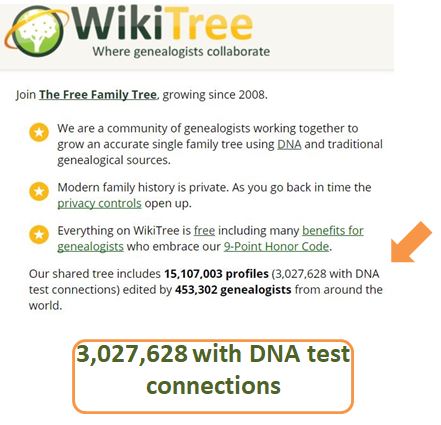

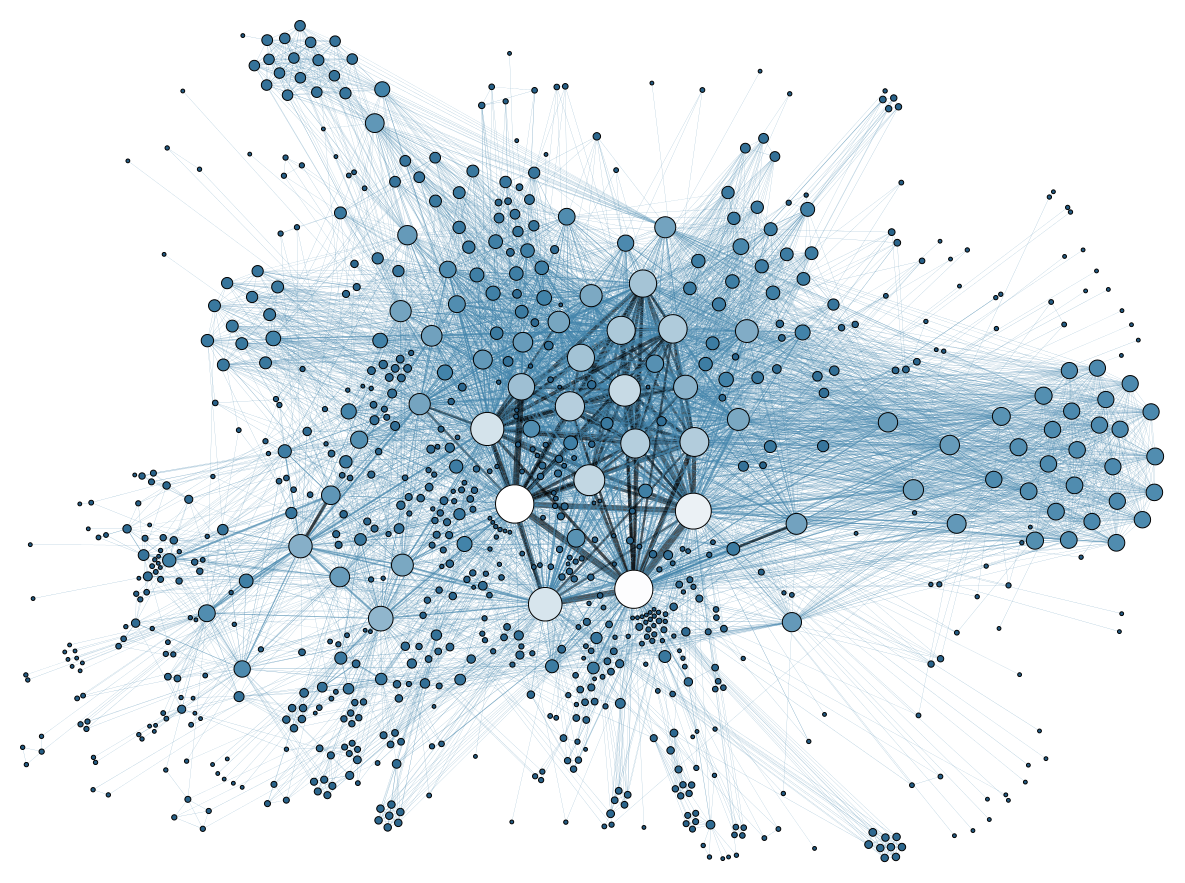
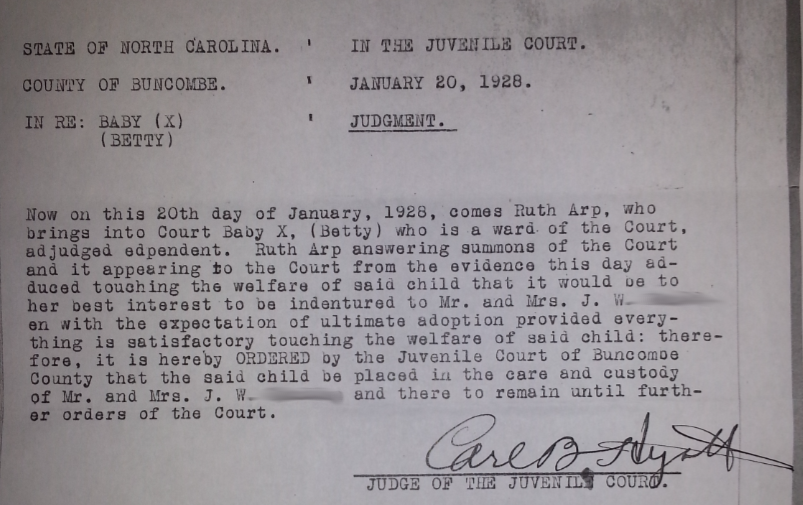
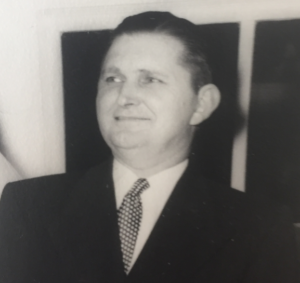 How did it happen? How did Betty Jean come about? We have no idea. It was a secret he kept to his death.
How did it happen? How did Betty Jean come about? We have no idea. It was a secret he kept to his death.